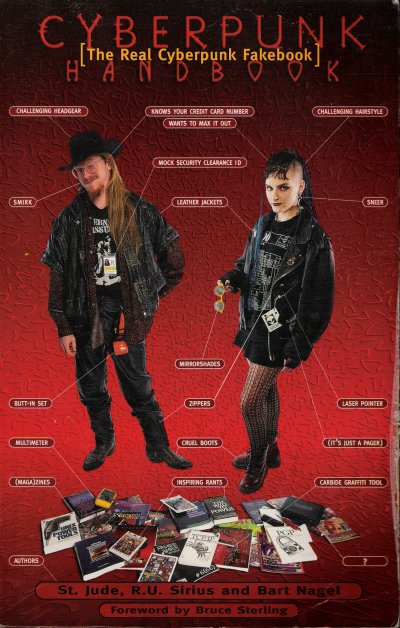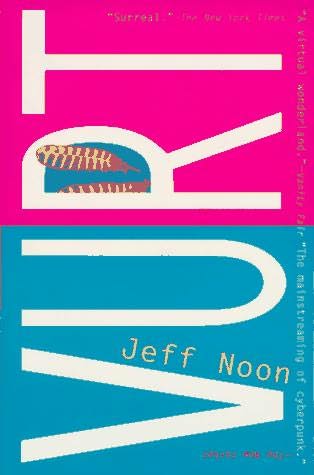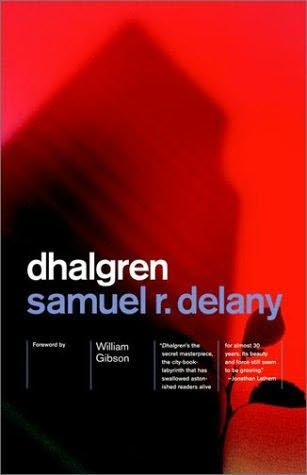April 23, 2007
Cyberpunk Handbook [The Real Cyberpunk Fakebook]
Book Review By: Mr. Roboto
Authors: St. Jude, R.U. Sirius, Bart Nagel
Year: 1995
Category: Cyberpunk Influenced Books

You can tell when a particular movement, genre, or meme has reached mainstream status; They do parodies, and write books on how to make it (or fake it) in the group. It should come as no surprise that cyberpunk had its turn in 1995. With movies like Hackers, Johnny Mnemonic, Strange Days, and Virtuosity in theaters that year, there was no question that cyberpunk had arrived.
And with it, this book.
The Cyberpunk Handbook was written primarily as a spoof; A way for newbies and the clueless to become familiar with the genre without having to actually immerse themselves in the nuances. In other words, how to fake it until one makes it, assuming one wishes to risk his/her life by faking it around real cyberpunks (Some at the time were not hip to cyberpunk suddenly being mainstream).
One way the book does this is by rating media and tech like we do on Cyberpunk Review, only they use shuriken (one to four of them) instead of a scale of ten stars, plus they also use one to four beanies to indicate “nerdly interests.” The required stuff is here; Neuromancer (four shuriken), Snow Crash (also four shuriken), Blade Runner (another four), Johnny Mnemonic (only two, plus one beanie), and others. They also rate certain tech of the times a cyberpunk would need like a laptop, heads up display, and personal communicator.
The Cyberpunk Handbook also gives some overview as to how cyberpunks dress (black leather jacket, boots, mirrorshades, laser pointer.) with details for certain sub-genres like ravers and goths. It also reveals certain character traits like the subdued swashbuckling, quiet assurance, and a touch of menace. There’s some info on comics, music, and food (Ramen noodles and Jolt) that cyberpunks would be interested in. Also revealed are the real reasons why cyberpunks attend cons and the “secret” hierarchy of the cyberpunk ranks from newbie to elite. There’s even a special “Parental discretion section” featuring politics, religion, SEX, and a couple of recipes. Finally, a couple of crossword puzzles, just to see what you’ve learned.
Sounds like fun, doesn’t it? The book’s information seems relevant enough… for 1995, but for 2007, it doesn’t quite hold up and it’s age does show. For one thing, the book tends to assume that cyberpunk and hacking are the same. That might have been true then (may still be today), but now there’s more to hack besides computers. Personal devices like iPods, multi-function cellphones, and Blackberries are now the cool toys, cybernetic implants are available as RFID chips, advances in nanotechnology are almost daily, and while you can’t reprogram your genes to become an X-Man, biotechnology is making strides to make better medicine… and electronics.
The Cyberpunk Handbook hasn’t withstood the test of time, but the authors could hardly be faulted for that; They could only work with the tech of the time. After all, the book was released four years before The Matrix, when nanotechnolgy was still a science-fiction concept, the technology for brain-computer interfacing was primitive at best, and the human genome was still being mapped out. If a person wants to be a cyberpunk today, they can take an English literature course in college (maybe they offer it as non-credit extended education), or save a few thousand by perusing sites like Cyberpunk Review. It would be interesting to see an updated version for post-Matrix cyberpunks. Still, The Cyberpunk Handbook is an interesting look into our 8-bit past as it offers a glimpse into our mid-90s breakout.






